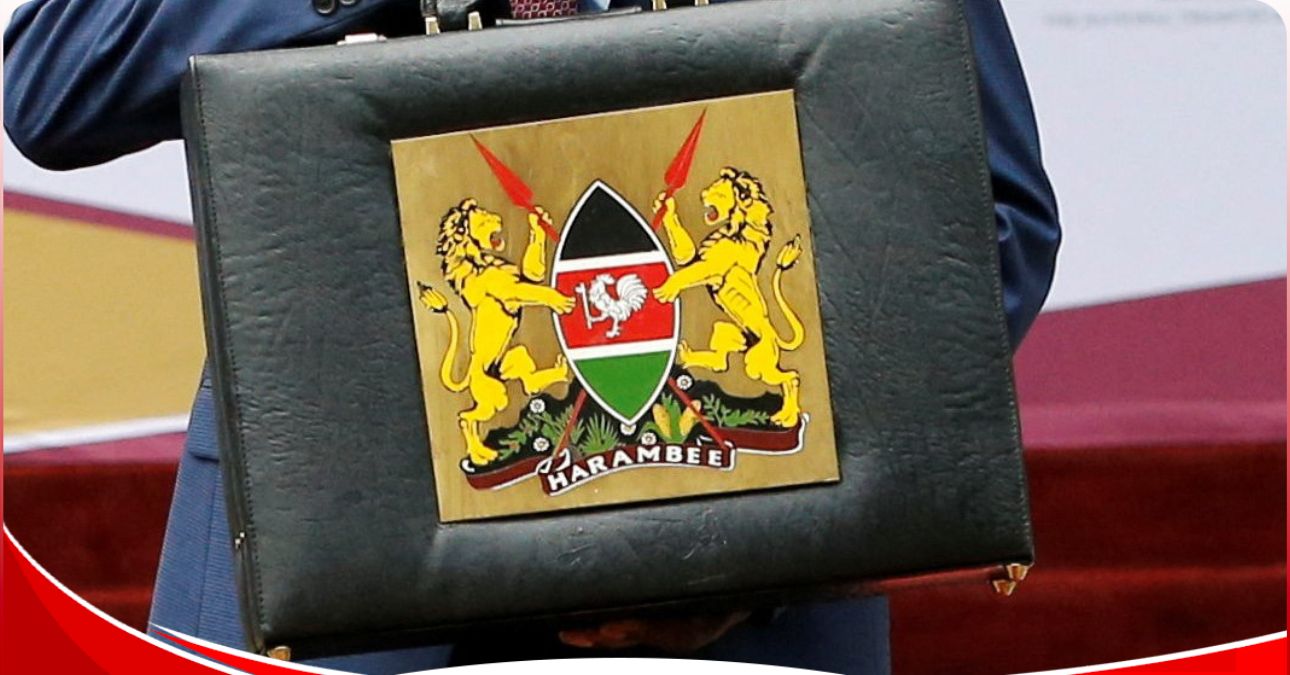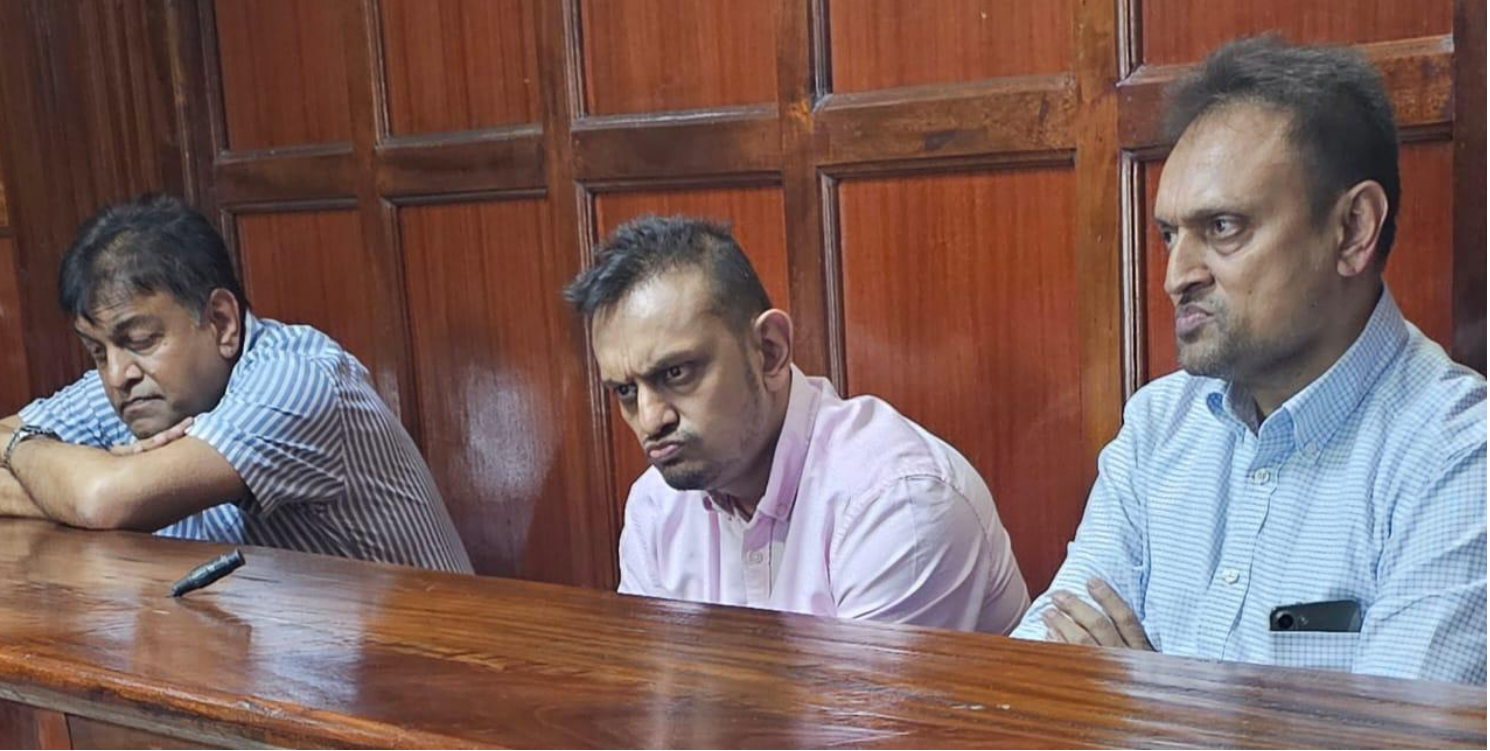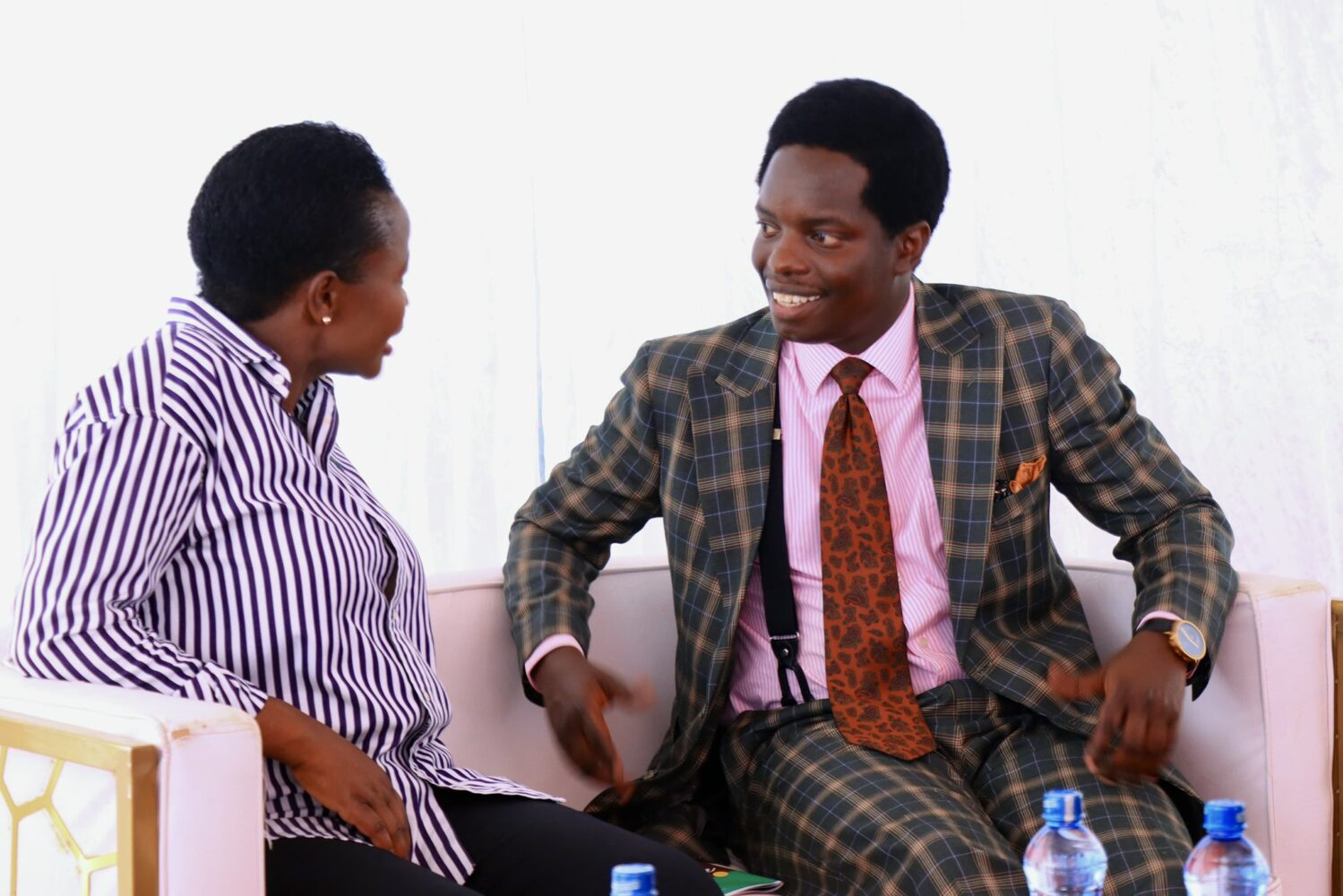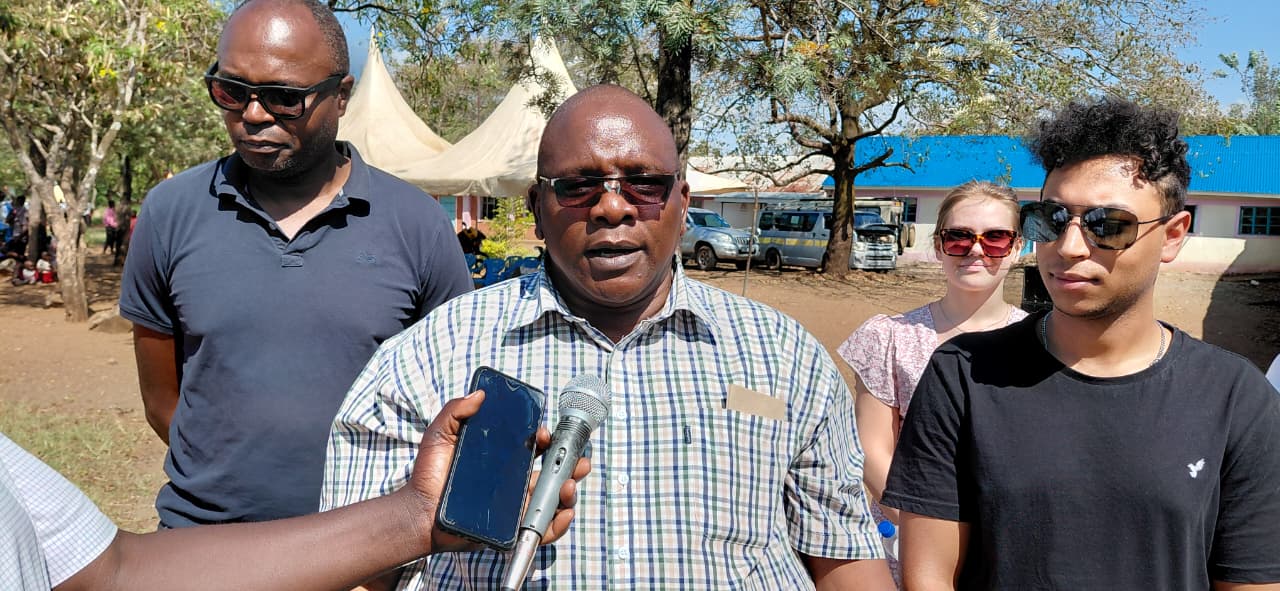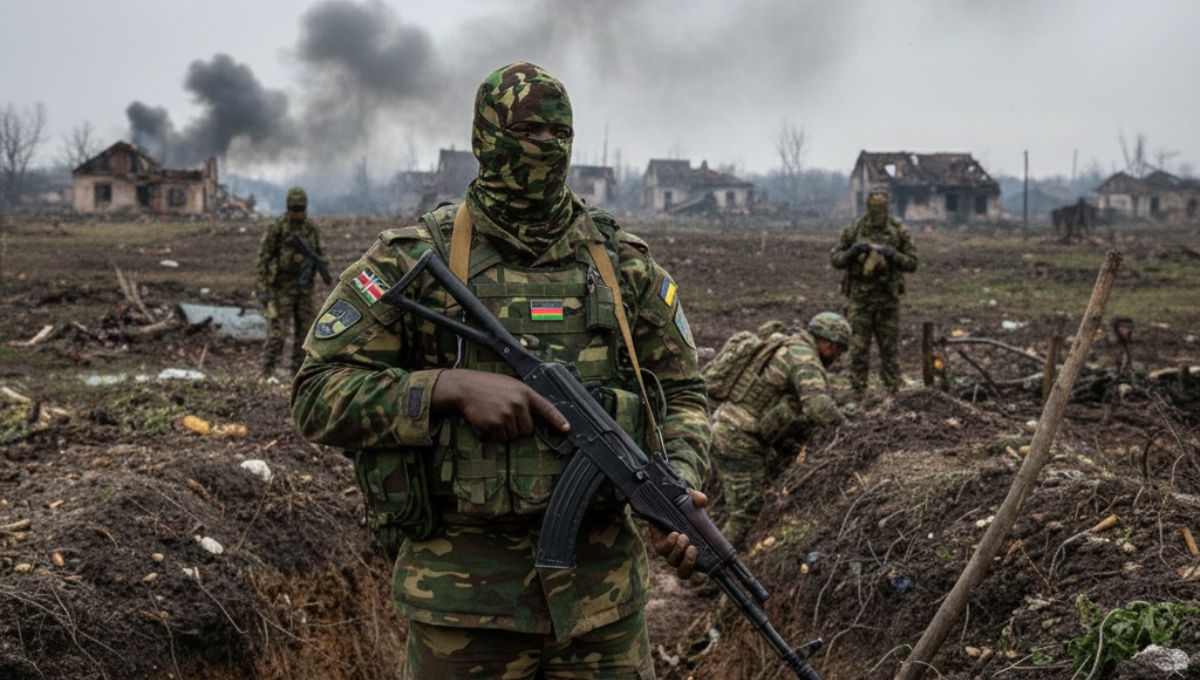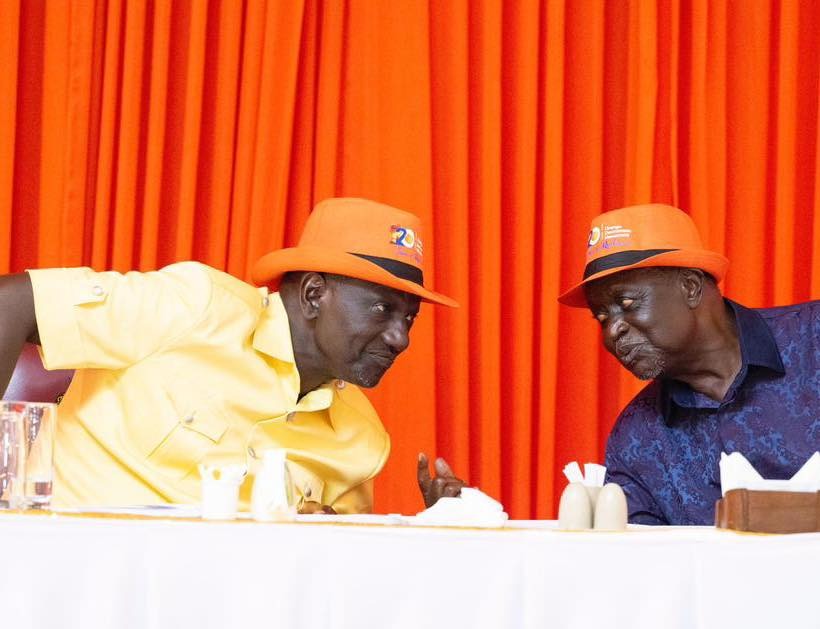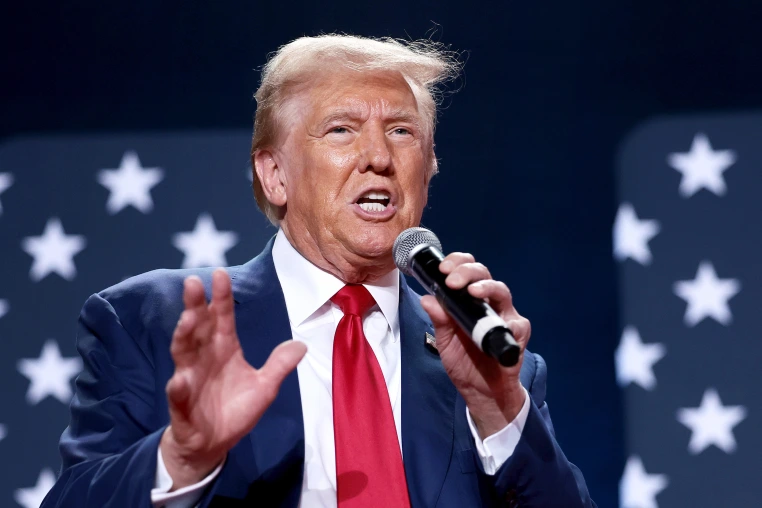As Kenya braces for the annual budget reading on Thursday, June 12th, 2025, a familiar symbol will once again take center stage: the revered budget briefcase usually in the possession of the country’s finance minister and in this case it is FCPA John Mbadi Ng’ongo.
More than just a container for documents, this iconic leather case, embodies the nation’s fiscal journey, reflecting its economic aspirations and challenges through decades of change.
The tradition of the budget briefcase in Kenya is a direct inheritance from its British colonial past.
Just as the United Kingdom’s Chancellor of the Exchequer carries the “Gladstone box,” Kenya adopted this ceremonial practice, giving it its unique local significance.
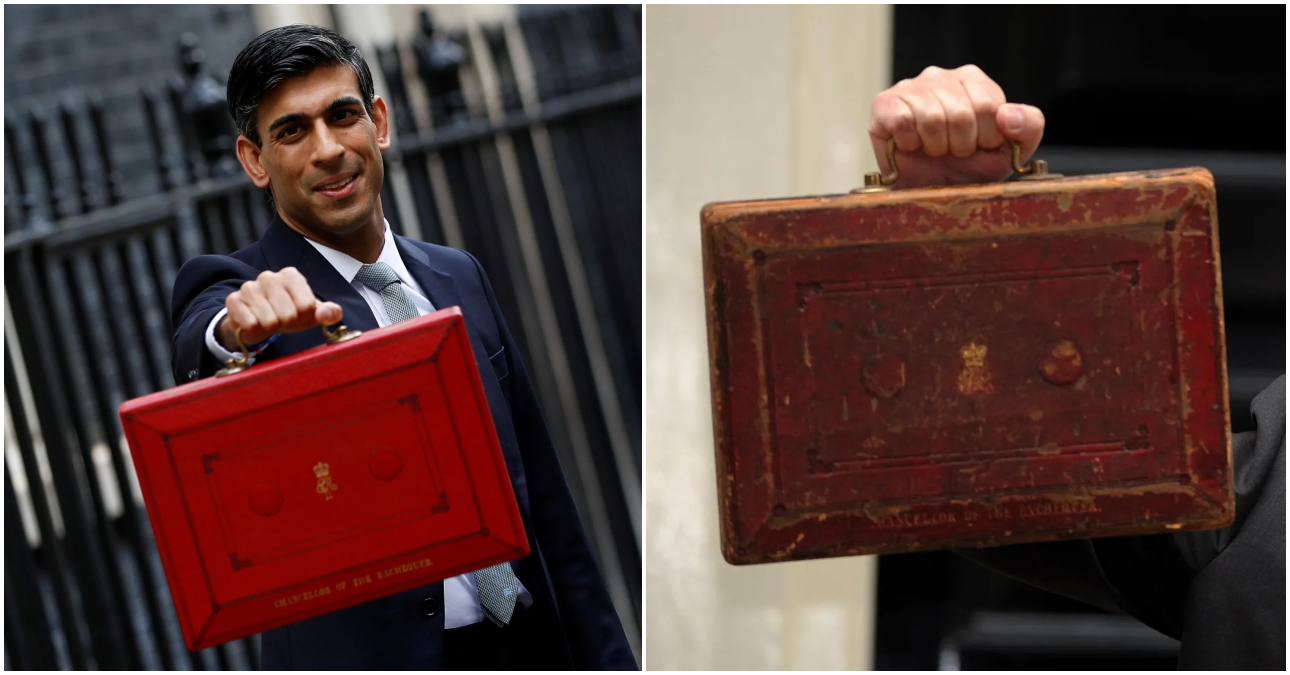
In the UK, the Chancellor of the Exchequer traditionally carries the budget speech in the “Gladstone box,” named after former Prime Minister William Ewart Gladstone, who introduced it in 1860 for the convenience of carrying the large budget documents.
Kenya, upon gaining independence, adopted this ceremonial practice, giving it a unique local flavor. The briefcase, typically made of meticulously crafted leather, is embossed with the Kenyan Coat of arms of Kenya has become synonymous with the annual unveiling of the government’s financial plans.
Kenya’s first Finance Minister, James Gichuru (1963-1969), holds the distinction of being the inaugural bearer of the budget briefcase. He first presented the national budget in 1963.
The original Kenyan budget case was reportedly a 14.5 by 10-inch wooden box, lined in black satin and covered with red leather, equipped with brass hinges.
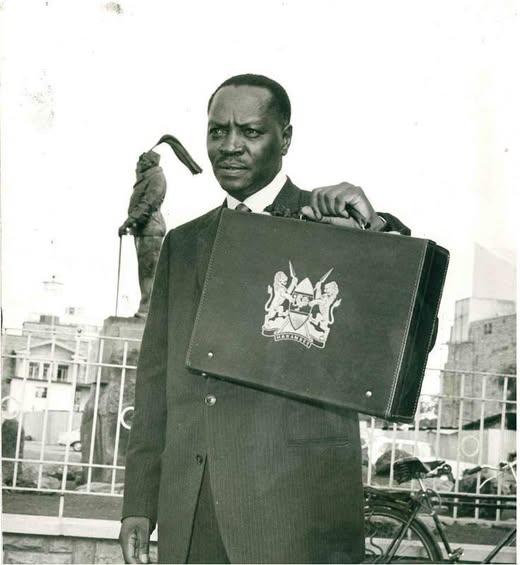
Gichuru’s tenure is notably marked by a widely circulated and humorous anecdote: a few years after his initial budget presentation, he famously left the budget briefcase in a bar after a night of heavy drinking.
This incident caused a brief national panic, given the critical nature of the documents it held, and required a team from the Ministry of Finance to swiftly retrieve it.
This story, while a testament to Gichuru’s personal habits, has become a memorable part of the briefcase’s folklore.
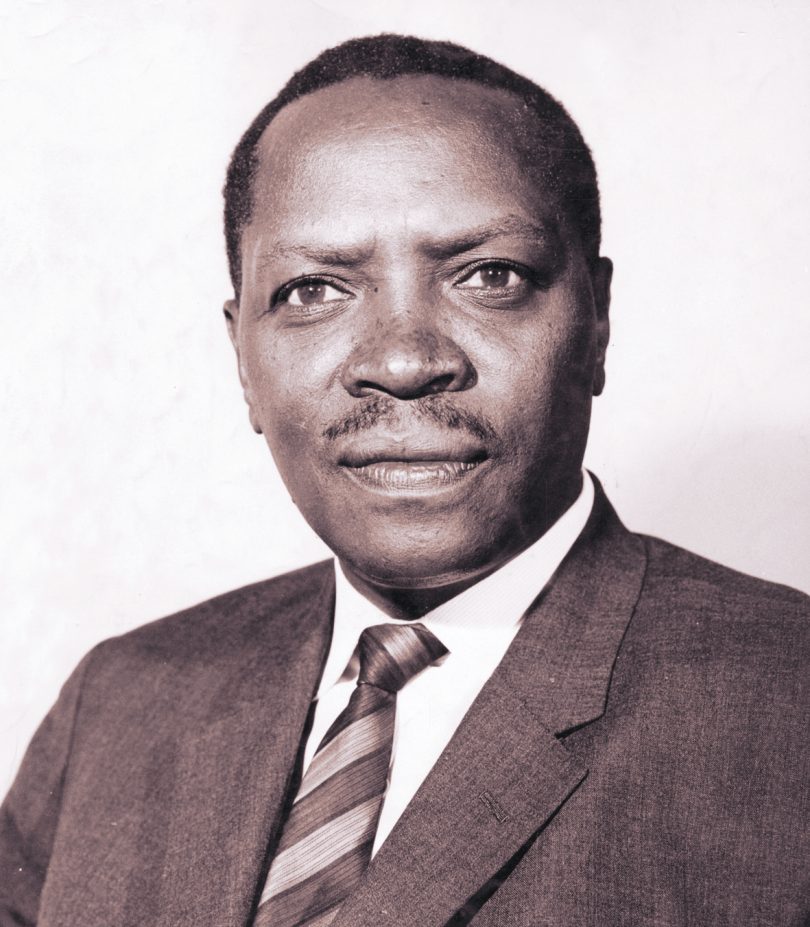
It is known that the original briefcase has been replaced over the decades due to wear and tear. One such replacement occurred during the tenure of Amos Kimunya (2006-2008), as the previous one had become too old and worn out. However the specific details of the briefcase’s replacements are not extensively documented.
Symbolic significance and public gaze
The budget briefcase has always been a focal point on Budget Day. The moment the Finance Minister steps out of the Treasury building, briefcase in hand, to pose for photographs before heading to Parliament, is a highly anticipated ritual.
It symbolizes Fiscal Responsibility representing the government’s financial plans and its commitment to prudent management of public resources, transparency even though its contents are only revealed in Parliament, the public display of the briefcase builds anticipation and signifies the imminent unveiling of crucial financial information
Also Economic Direction and Continuity a tangible link between past, present, and future administrations, carrying forward a tradition that has seen various economic cycles, challenges, and triumphs.
Over the years, the briefcase has been subject to public scrutiny, sometimes for unexpected reasons. For instance, in 2014, keen-eyed Kenyans noticed that the coat of arms on the briefcase carried by Henry Rotich had been secured with sellotape, a small detail that sparked much discussion about attention to detail at the Treasury.
Security and Mystique
Despite its public display, the budget briefcase is highly secured. It’s often rumored to have a unique code known only to the Cabinet Secretary and a select few handlers within the Treasury. There are also popular myths, though unverified, about its robust security features, including the ability to electrocute unauthorized individuals who attempt to open it.
The history of the Kenyan Budget Briefcase is therefore a rich tapestry woven with tales of tradition, moments of humor, practical necessity, and profound symbolism, making it an enduring icon of Kenya’s economic governance.


